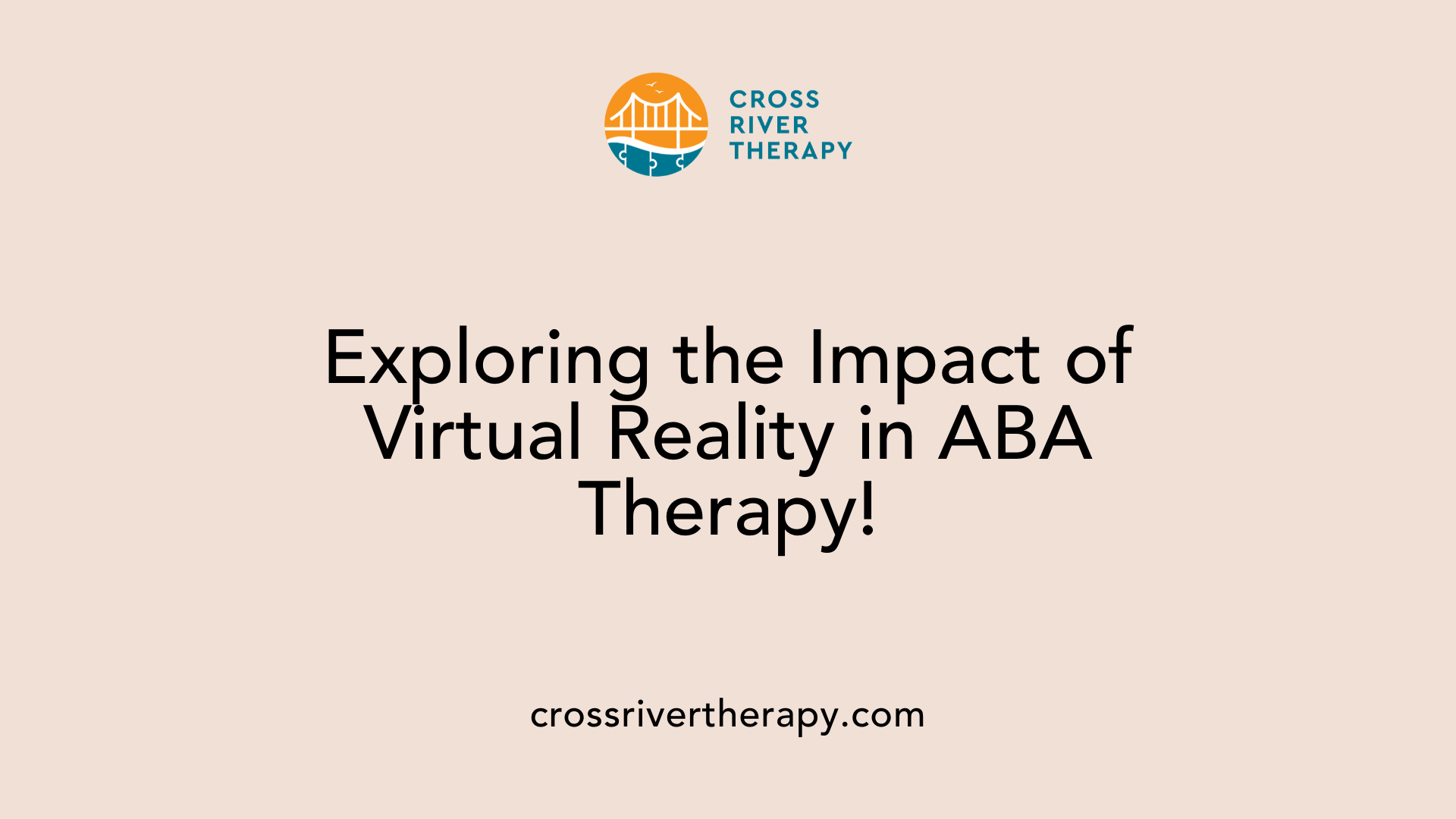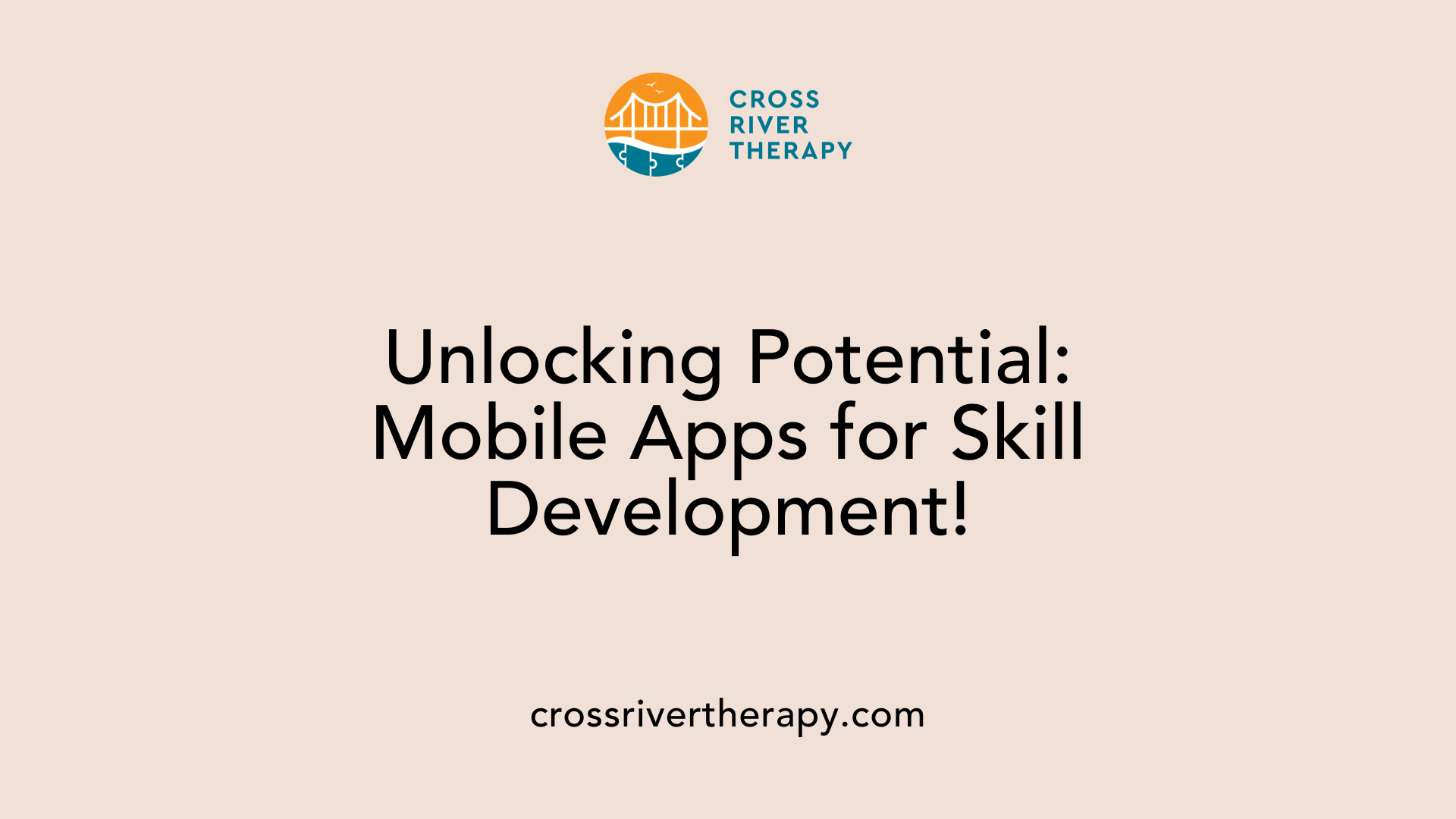How to Integrate Technology in ABA Therapy Sessions
The Role of Technology in Transforming ABA Therapy
Introduction
In recent years, technology has become an integral component of Applied Behavior Analysis (ABA) therapy, offering innovative ways to enhance therapeutic outcomes for individuals with autism and other developmental disabilities. This narrative explores the various methods of integrating technology into ABA therapy, the benefits it brings, and the advancements it supports in delivering personalized, effective interventions. Readers will gain insights into how digital tools, mobile applications, and advanced techniques contribute to the ever-evolving landscape of ABA therapy.
Harnessing Technology for Effective ABA Interventions
How is technology used as a tool in ABA therapy?
Technology plays a significant role in ABA therapy, enhancing communication and learning for clients. Therapists often use touch screen tablets, allowing non-verbal children to interact through pictures and phrases, which facilitates understanding and engagement. This method not only supports communication but also encourages active participation during therapy sessions.
Multimedia applications are also utilized to teach various functional skills. These apps employ engaging content such as videos and games that reinforce lessons effectively, making learning enjoyable and interactive. For instance, children can practice emotion recognition or conversation tactics through interactive platforms that keep them engaged while promoting positive behavior.
Additionally, assistive communication devices enhance the therapy experience by providing non-verbal clients with the tools necessary to express their needs. Digital timers help with task management, allowing individuals to stay organized, while video modeling demonstrates routines visually, helping learners to emulate desired behaviors.
Overall, these technological tools, alongside evidence-based practices, contribute to personalized and effective interventions tailored to each child's unique needs.
Telehealth Services: Expanding Access to ABA Therapy

Can ABA therapy be done virtually?
Yes, ABA therapy can be effectively conducted virtually through telehealth platforms like Zoom or Google Meet. These virtual solutions maintain the same foundational behavioral principles as traditional in-person therapy. As a result, they provide a valuable alternative for families who may face geographical or logistical challenges accessing physical therapy locations.
Impact of Covid-19 on telehealth
The demand for virtual ABA therapy surged during the Covid-19 pandemic, prompting many therapists and families to adapt to remote services as a necessity. While telehealth options were already in place earlier, the pandemic showcased their potential, leading to wider acceptance and utilization in the field. This shift enabled continuity of care and consistent support for individuals with autism, regardless of their location.
Effectiveness of telehealth in ABA
Research indicates that telehealth ABA therapy can be as effective as conventional in-person sessions. Studies suggest that it can successfully decrease targeted behaviors in children, showcasing its efficacy in delivering behavioral interventions. Moreover, virtual therapy can be tailored to family needs; it may encompass caregiver training, direct intervention from a qualified behavior technician, or parent-directed instruction, ensuring holistic engagement in the therapeutic process.
| Aspect | In-Person Therapy | Telehealth Therapy |
|---|---|---|
| Accessibility | Limited to local availability | Available anywhere with internet access |
| Interaction | Face-to-face engagement | Remote engagement via video calls |
| Efficacy | Proven effectiveness | Research supports comparable outcomes |
| Family Involvement | Varies | High involvement through training |
Behavior Analysis: Bridging Science and Technology
How does behavior analysis function as a technology?
Behavior analysis operates as a technology by merging scientific principles with practical interventions aimed at modifying behavior. This discipline, inherently rooted in experimental behavior analysis, investigates how various environmental factors affect behavior through systematic research methods.
Applied Behavior Analysis (ABA) translates these scientific findings into actionable strategies that can be implemented across diverse fields such as education, developmental disabilities, and workplace safety. This adaptability showcases the versatility of ABA as it tailors interventions to meet the unique needs of individuals.
Therapists leveraging technology within ABA therapy utilize mobile applications for tracking client behaviors, thus enhancing data collection accuracy. Cloud-based platforms further foster collaboration among therapists, families, and clients, promoting transparency. Real-time data analysis enables immediate adjustments during interventions, leading to improved therapy outcomes.
Innovative technologies like virtual reality applications allow clients to practice social skills in simulated environments, enhancing their learning experiences. For example, video modeling apps provide engaging visual demonstrations of desired behaviors, aiding in comprehension and skill replication. The integration of these technologies into ABA therapy not only augments treatment effectiveness but also enriches the overall learning experience for individuals with autism.
Overall, the synthesis of behavior analysis principles with advanced technology underscores its role as a powerful tool in shaping behavior, enhancing communication, and improving the accessibility and effectiveness of therapy.
Advancements in ABA Therapy Through Technology

What are the advancements in ABA therapy?
Advancements in Applied Behavior Analysis (ABA) therapy have significantly improved accessibility and efficacy through the incorporation of technology. Digital platforms and mobile applications enable remote therapy sessions, allowing clients to engage with therapeutic interventions from the comfort of their homes. For instance, telehealth services provide continuity of care and real-time therapist feedback, which has been proven effective in delivering functional analyses and support.
Research supports the positive impact of technology on therapy outcomes. Studies, including those by O. Ivar Lovass, highlight that many children demonstrate considerable improvement and are able to transition into mainstream education settings after receiving ABA therapy.
How can technology aid in managing food selectivity?
Methods in ABA therapy are evolving to address specific concerns like food selectivity, particularly for individuals on the autism spectrum. Techniques are being adapted to include gradual exposure and positive reinforcement, effectively expanding dietary acceptance. Digital tracking tools help therapists analyze food preferences and adjust treatment plans tailored to individual needs.
How are headphones used to support sensory sensitivities?
Sensory sensitivity is a common challenge for individuals with autism, and technology provides innovative solutions. Noise-canceling headphones can create a calming environment during therapy sessions, reducing overwhelming stimuli and enhancing focus. This approach promotes a comfortable space for learning, allowing clients to engage more fully with therapeutic activities.
The Role of Virtual Reality in ABA Therapy

Immersive Learning Experiences
Virtual reality (VR) has emerged as a groundbreaking tool in Applied Behavior Analysis (ABA) therapy. It provides immersive learning environments where individuals with autism can engage in simulated social interactions that mirror real-life situations. By using VR, therapists can create safe settings that enable clients to practice essential social skills without the pressure of real-world consequences.
The controlled nature of these environments allows for repeated exposure to various scenarios, significantly enhancing comfort and competence. Clients can experience diverse social cues and manage interactions, preparing them for encounters in their everyday lives.
Skill Practice and Social Scenarios
VR applications facilitate the practice of specific skills, such as identifying emotions and responding appropriately in conversations. This method has proven effective in promoting understanding and replication of social behaviors.
By integrating gamified elements within these scenarios, clients become more engaged and motivated to learn. This technology not only aids in skill acquisition but also builds confidence as users navigate complex social dynamics in a supportive framework. Additionally, as therapy progresses, VR can adapt to showcase increasingly challenging scenarios, ensuring personalized and effective learning experiences for each client.
Leveraging Mobile Applications for Skill Development

Interactive Learning Modules
Mobile applications in ABA therapy introduce interactive learning modules designed to engage clients effectively. These apps often incorporate multimedia elements such as videos, animations, and gamified activities, making the learning process not just educational but also enjoyable. For example, apps may contain games that teach skills like emotion recognition or conversation tactics, allowing children to practice these essential social skills in an engaging format.
Behavior Tracking
Another significant feature of mobile apps is behavior tracking. Therapists can log client behaviors and monitor their progress on-the-go, enhancing accuracy and timeliness in data collection. This real-time data analysis enables therapists to make immediate adjustments to interventions, ensuring that each client's unique needs are promptly addressed during therapy sessions.
Life Skills Teaching
Moreover, mobile applications facilitate the teaching of daily habits and life skills, essential for fostering independence in individuals with autism. By providing step-by-step guidance and interactive elements, these apps help reinforce learning in a practical, engaging manner. With visual schedules and timers, clients can also learn to manage tasks more independently, thus improving their organizational skills.
| Mobile App Features | Benefits | Examples of Skills Taught |
|---|---|---|
| Interactive Learning Modules | Engages clients through games and multimedia | Emotion recognition, conversation skills |
| Behavior Tracking | Enhances data accuracy and intervention timing | Progress monitoring |
| Life Skills Teaching | Fosters independence and self-management | Daily routines, task management |
Enhanced Data Analysis and Real-Time Adjustments in Therapy

Real-time Data Collection
Incorporating technology in ABA therapy allows for real-time data collection, which is crucial for tracking client progress. With mobile apps and digital platforms, therapists can log client behaviors and sessions on-the-go. This immediate recording not only enhances the accuracy of data but also supports timely interventions. By having access to up-to-date information, therapists can make informed decisions on how to adjust treatment plans promptly.
Analytics Tools for Pattern Identification
Advanced analytics tools play a significant role in identifying patterns and trends in client behaviors. By analyzing collected data, therapists can discern behavioral patterns that may not be obvious at first glance. These insights lead to data-driven decisions, enabling therapists to refine treatment plans based on empirical evidence, ultimately resulting in more effective interventions tailored to individual needs.
Behavior Tracking with Wearables
Wearable technology adds a new dimension to behavior management in ABA therapy. Devices like smartwatches can monitor not only physical activity but also physiological responses. This tracking helps therapists understand environmental factors affecting clients, providing valuable insights that inform real-time adjustments and strategies. The data collected through these wearables allows for a holistic view of a client's behavior, making it easier to formulate effective, personalized therapies.
Conclusion
Integrating technology into ABA therapy sessions offers transformative opportunities for engagement, personalization, and effectiveness. By employing digital tools, embracing telehealth solutions, and exploring immersive experiences like virtual reality, therapists can enhance their practice and meet the unique needs of each client. As technology continues to evolve, so too will the potential for innovative strategies that further improve the quality of life for individuals with autism and other developmental disabilities, ensuring that ABA therapy remains at the forefront of behavioral interventions. Readers are encouraged to explore the wide range of technological resources available to them, adopting best practices that align with the specific goals and needs of their clients.
References
- Incorporating Technology in ABA Therapy Practices
- ABA and Technological Advancements
- Maximizing Progress: Inside an ABA Therapy Session for Autism
- The Future of ABA Therapy: Advancements and Innovations in...
- Assistive Technology | Chicago ABA Therapy Glossary
- ABA and Technology: Innovations in Autism Therapy
- Stamford, CT - Technology Use In ABA Therapy - The SEED Center
- Technology and ABA Therapy Innovations - Quality Behavior Solutions



